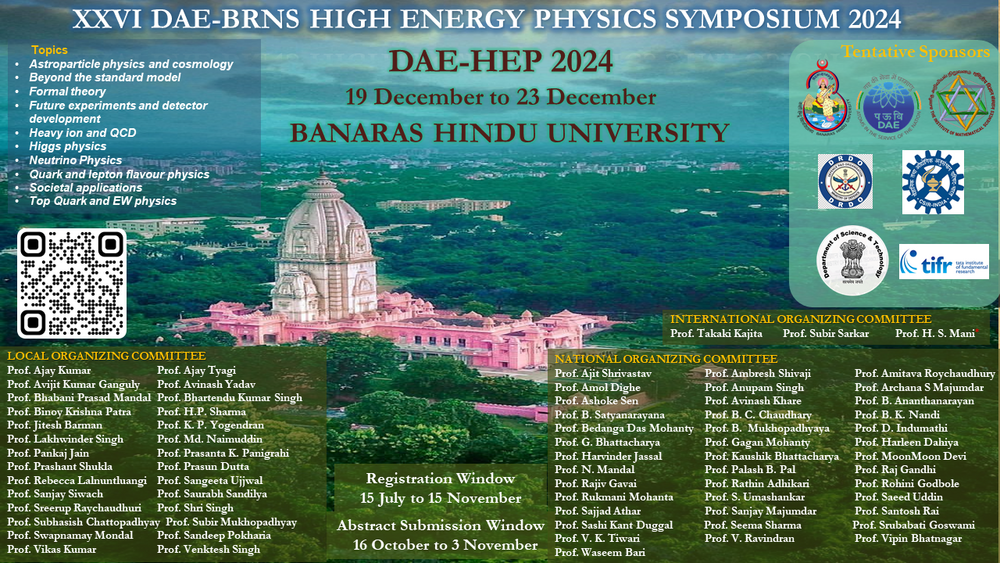Speaker
Description
It was originally thought that small collision systems such as electron-positron, electron-proton, and proton-proton(pp) collisions would produce final states that were too small and dilute for secondary partonic rescatterings to drive the system toward thermal equilibrium. Collective hydrodynamic behavior was not expected to play an important role in these final states, notwithstanding some early studies. Surprisingly, strong longrange collective correlations, similar to those observed in AA collisions, were discovered in the azimuthal distributions of charged particles in the laboratory reference frame of pp collisions having a large final state multiplicity in the entire event. This raised the question of whether a tiny QGP droplet is created in such conditions. The first search for long range near-side correlations and QCD collective effects in jets produced in 13 TeV pp collisions using the CMS experiment are presented. The measurement is performed using charged particles from individual jets, after their kinematic variables have been calculated in a coordinate basis having the z-axis coinciding with the jet direction. Two-particle correlations are studied as a function of the number of charged particles in the jet. The first three Fourier harmonics of long-range azimuthal correlations are extracted and compared with those calculated using Monte Carlo (MC) event generators which model the jet fragmentation process.
| Field of contribution | Experiment |
|---|

